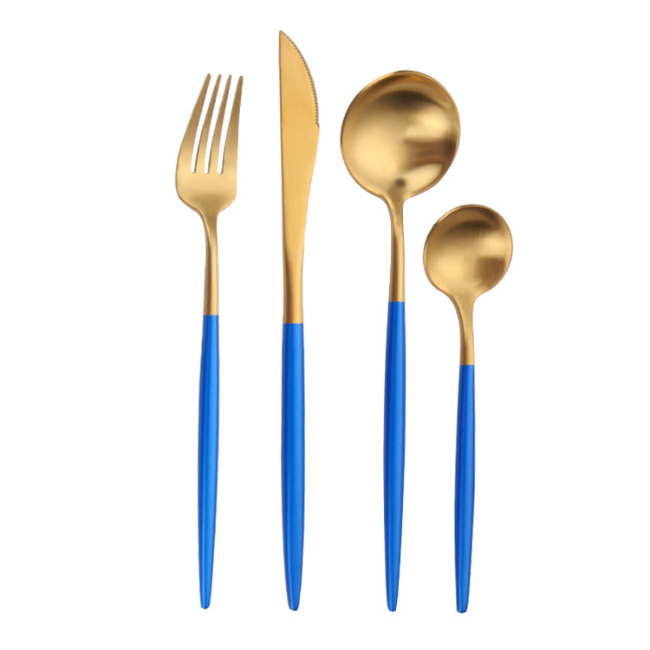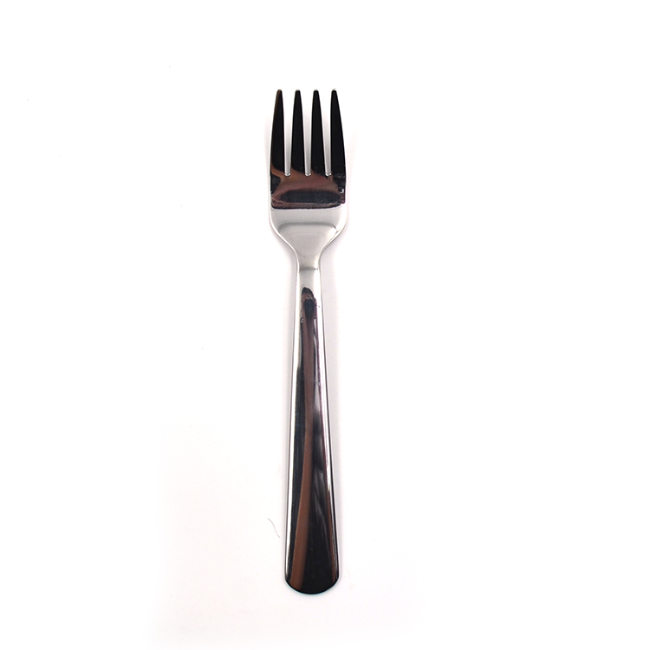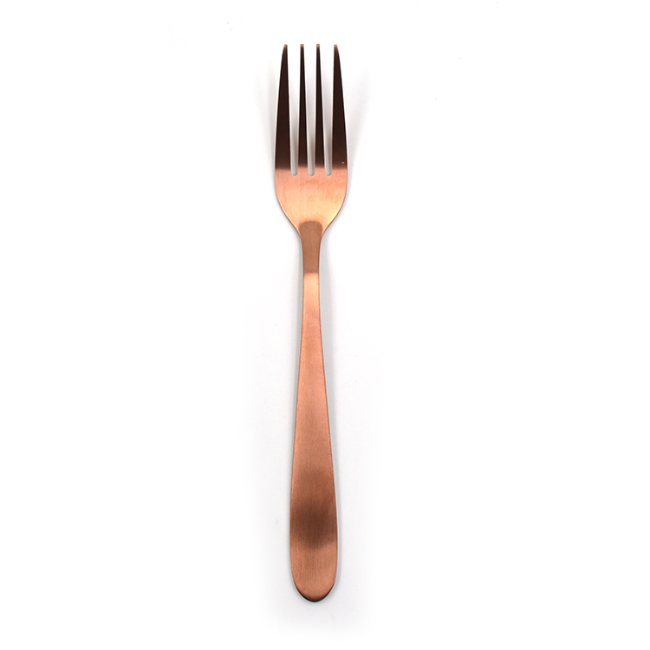
07 May
Where is Lenox Flatware Made?
Where is Lenox Flatware Made?When it com...
Where is Lenox Flatware Made?
When it comes to silverware, Lenox is a brand that’s synonymous with quality and sophistication. Many consumers, however, ask: where is Lenox flatware made? To understand the answer, we need to look at the brand’s history and its manufacturing process, which involves a combination of skilled craftsmanship and modern technology. Let’s explore how Reed and Barton forks, stainless steel cutlery 18/10, and other premium flatware items are made, with a special focus on Lenox and its manufacturing practices.
1. The Legacy of Lenox
Founded in 1889, Lenox is one of the oldest and most respected manufacturers of fine tableware, including flatware. Over the years, Lenox has built a reputation for producing high-quality porcelain, crystal, and silver silverware sets. But how do they produce such beautiful and durable pieces, especially in terms of their flatware?
2. Where is Lenox Flatware Made?
Lenox flatware is manufactured primarily in China. While the brand itself is based in the United States, the actual production of its flatware is carried out in overseas factories where skilled artisans craft each piece using state-of-the-art technology and traditional methods.
One key element of Lenox flatware is its use of stainless steel cutlery 18/10, a high-quality alloy that consists of 18% chromium and 10% nickel. This combination provides excellent corrosion resistance, making Lenox flatware durable enough for both everyday use and special occasions. The 18/10 stainless steel ensures that each piece maintains its luster and shine for years, even with regular washing.
3. Reed and Barton Forks: Another Premium Option
Another highly regarded brand in the world of fine flatware is Reed and Barton, known for its elegant designs and high-quality craftsmanship. Reed and Barton forks, like Lenox’s flatware, are made from premium materials such as stainless steel. This ensures that each fork, knife, and spoon in their collections offers a luxurious feel, with the added benefit of strength and durability.
4. The Manufacturing Process of Stainless Steel Cutlery
The process of making stainless steel cutlery 18/10 involves several steps, starting with the melting of raw stainless steel. The steel is then poured into molds to form the flatware’s shapes before undergoing polishing and plating. This process creates flatware that is resistant to tarnishing and rust, ensuring that your silver silverware sets remain pristine for years to come.
5. Homefelt: Offering a High-End Alternative
If you're looking for flatware that's comparable to Lenox in terms of quality and craftsmanship, consider exploring Homefelt. A leader in producing top-tier flatware, Homefelt offers stunning designs in 18/10 stainless steel. Whether you’re replacing your existing set or starting fresh with a new collection, Homefelt provides a variety of options that combine the best of Reed and Barton forks and Lenox flatware.
6. Conclusion: Choosing the Best Flatware for Your Home
Whether you opt for Lenox, Reed and Barton, or Homefelt, the key is to select a brand that values quality, durability, and design. By choosing stainless steel cutlery 18/10 or similar materials, you ensure that your flatware remains beautiful and functional for years to come.





